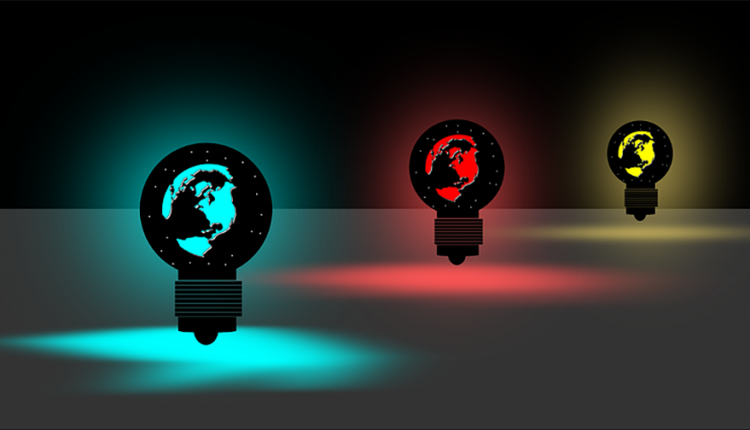MicroLEDs: Status and Reality Check
MicroLEDs are drawing an increasing amount of attention. Startups have raised more than $800 million to date, including at least $100 million in 2019. It is estimated Apple has spent in the range of $1.5 to $2bn on the technology over the last five years. Panel makers such as Samsung Display, LG Display, AUO or Innolux have also significantly increased their efforts.
Under this dynamic context, Yole Développement (Yole) is continuing its investigations towards microLED technologies and related applications. In addition to a wide collection of reports focused on the display applications, the market research and strategy consulting company proposes today a comprehensive overview of the microLED industry with a new report, titled ‘MicroLED Displays’.
Under this new technology and market analysis, Yole details the technology status and trends including epitaxy, microLED efficiency versus OLED, assembly processes and equipment, light management and color conversion. The company also presents a specific section focused on yield and defect management with status and roadmaps, providing a technical and a cost analysis of the different strategies.
This new report is an opportunity for the consulting company to deliver its analysis of microLED applications: why is the smartphone market segment so challenging? Are TV applications still possible or just a pipe dream? Could we expect business opportunities within the smartwatch sector? Yole analysts offer a snapshot of the microLED industry with a clear understanding of the technology status and related markets.
“Without doubts, microLEDs are today progressing on all fronts,” said Principal Display Market & Technologies Analyst, Eric Virey, PhD. at Yole. Under its new MicroLED report, Yole reveals the status of the technology and its progressive adoption.
Patent filings are growing exponentially and technology is progressing. The external quantum efficiency of blue and green microLED chips has more than doubled over the past 24 months. Some transfer and assembly processes are reaching performance close to what is required to enable some microLED consumer applications. Progress is also visible in the proliferation of prototypes presented over the last 18 months by close to 20 companies.
Zine Bouhamri, PhD. Technology & Market Analyst and part of the Display team at Yole explained: “The demos cover a broad range of display types, sizes and technologies. Native RGB or color converted displays on TFT backplanes are offered by many companies, with some examples including Playnitride, CSOT, Samsung, LG, glō, AUO, eLux, and Kyocera. Lumiode has developed native RGB or color converted displays on monolithicaly integrated LTPS .”
Microdisplays on CMOS backplanes are also demonstrated by companies including Plessey, glō, Lumens, JB Display, Sharp and Ostendo. Finally, discrete microdriver ICs have been developed by X-Display. The multiple prototypes based on TFT backplanes give credence to the idea that microLED displays could leverage existing panel maker capacity, thereby simplifying and streamlining the supply chain.
“Equipment makers have taken notice and are starting to develop microLED-specific tools for assembly, bonding, inspection, testing and repair,” added Eric Virey from Yole.
LED makers are also showing interest, with San’an planning to invest $1.8bn to set up a mini and microLED manufacturing base. Osram, Seoul Semiconductor, Nichia or Lumileds are also increasing their activity and Playnitride is completing its first microLED pilot line.
However significant roadblocks are still in place for key applications. For many of them, economics are pushing die size requirements below 10μm. This compounds efficiency, transfer and manufacturability challenges and despite significant improvement, small die efficiency remains low.
In most cases, display efficiency based on this technology still can’t match that of OLED. Significant effort is therefore needed to further improve the internal quantum efficiency, light extraction and beam shaping of green and red microLED chips.
For microLED companies, the first few prototypes provide strong return on experience but maturing toward consumer-grade displays could require thousands more. Startups are entering the valley of death: many might fail to raise enough money to successfully go through this more capital and resource intensive phase. Support and partnership with large display makers or OEM, either as strategic investors or development partners is critical.

